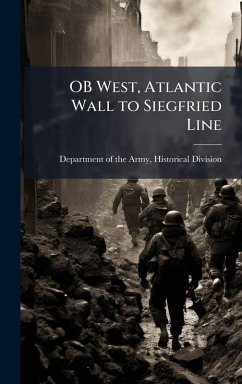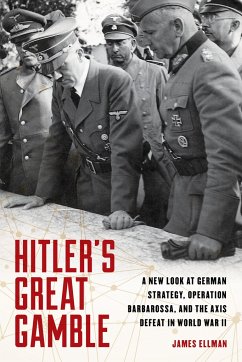
Cracking Hitler's Atlantic Wall

PAYBACK Punkte
12 °P sammeln!
Landing with the British and Canadians in Normandy on D-Day, June 6, 1944, was the 1st Assault Brigade Royal Engineers, a specialized armored unit tasked with removing obstacles and mines from Gold, Juno, and Sword Beaches. To support this mission, the engineers modified their tanks with ingenious innovations, such as replacing the main gun with a giant mortar or attaching a steamroller-like device to flatten a path in the sand. In the early hours of D-Day, the brigade landed under fire, and took serious casualties in some areas, but achieved many of its key objectives and cleared the way for ...
Landing with the British and Canadians in Normandy on D-Day, June 6, 1944, was the 1st Assault Brigade Royal Engineers, a specialized armored unit tasked with removing obstacles and mines from Gold, Juno, and Sword Beaches. To support this mission, the engineers modified their tanks with ingenious innovations, such as replacing the main gun with a giant mortar or attaching a steamroller-like device to flatten a path in the sand. In the early hours of D-Day, the brigade landed under fire, and took serious casualties in some areas, but achieved many of its key objectives and cleared the way for the infantry. 1. Refreshingly different perspective on the momentous events of D-Day 2. Nuts-and-bolts narrative of how the landings were carried out along with details on the unique British armored vehicles used in the invasion 3. The controversy over the U.S. refusal to use these vehicles, which may have contributed to bloody American losses on Omaha Beach













